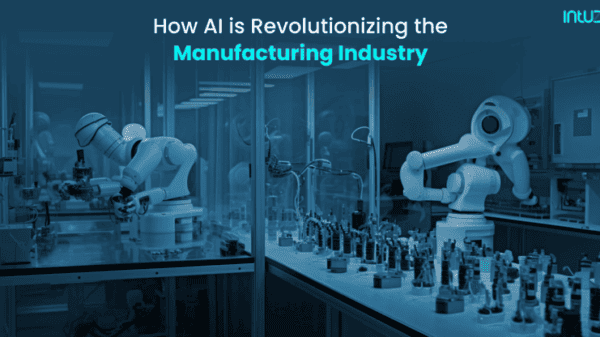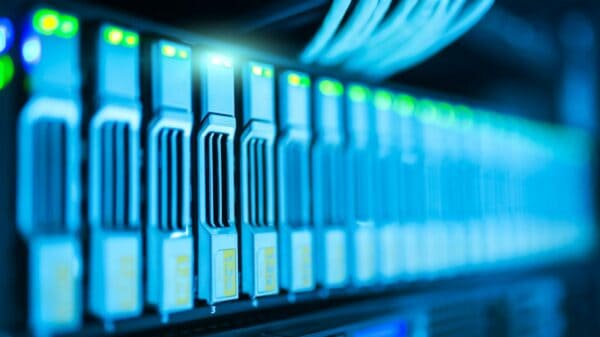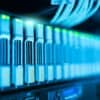Internet of things (IoT) is a newly developed approach of data exchanging and collection. This technology operates on the synergy of network infrastructure and computer-based systems, which enable objects to be monitored remotely with the help of Internet. In laymen terms, one device can be controlled by another device, revolving around machine-to machine communication. That what it makes data exchange mobile, rapid and cost effective. That’s why, Glorium Technologies decided to check out how IOoT is integrating into the healthcare sphere.
Currently IoT devices are used mostly in smart homes, wearable accessories, and sport or fitness facilities. Such influential companies as Apple, Google, Samsung are competing in developing smartphones applications, which record humans physical state. People are already got used to this technology and became more obsessed with their health. Only with the touch of a finger you can check the distance you walked, measure the pulse you have and count the amount of burnt calories. So no wander that it is predicted in 3-5 year, mainly medical sphere will be using IoT devices.
Even now when taking into consideration healthcare, such devices as active trackers, smart watches come to mind. These are wearable products, which measure numbers of steps walked, climbed, pulse rate and other physical parameters. With hospitals connecting to wireless Internet providers the variety of IoT devices increased enormously. Many healthcare institutions now support blood gas analyzers, mobile X-ray machines, glucose meters, which are being operated remotely via network. According to investigation performed by MarketReaerch.com, by 2020 the money spent on IoT devices incorporated in healthcare industry will reach the number of $117 billion.
The reason why hospitals and healthcare use IoT is to run their facilities more efficient.
The Internet of Things decrease device downtime caused by breakdowns. Using this innovation medical equipment can be tested and diagnosed remotely and in record time. The specialist is instantly connected to a broken device and provides support remotely. That saves time, efforts and money, which are usually spent on bulky equipment.
What is more? IoT is of help when dealing with patients data. It enables systematic data collection, monitoring and updating. Thus, there is no need in filling out numerous blanks, storing folders and rewriting everything in case of updates. Computational methods and cloud-based application will do all the paper-shuffling work for you.
There are also devices which are programmed to track medicine expenditures, which can be vital in patients` treatment. For example, hospital personnel often face the problem of unexpected scarcity of helium in MRI machine. It demands constant rechecking for the device working order. Special IoT devices are aimed to warn the shortage of helium levels before its complete exhaustion, which prevents the machine from stopping and provides patients with better treatment.
Along with the benefits come drawbacks. Hospitals like many other institutions are not completely safe from Internet disruption. As IoT devices are dependent on wireless connection, to operate them smoothly, the Internet access must be fault tolerant.
Another major risk of using this new technology is the possibility of data loss. The massive information flow through these devices can endanger the patient on their personal information leakage. For hospital policy the patient`s history is of most importance. All the biographical details are highly confidential. The hostile pervasion of delinquents may cause the inappropriate usage of the information. One should consider that similar to any Internet technology IoT is vulnerable to hackers` attacks. Thant is why the administration should provide security encryption in order to eliminate unauthorized data handling. There should be administration ID and password and patients must have password to secure their personal information.
It is also worth paying attention to the fact that for personnel medical device support is a new territory. So there is need in both establishing IT department and teaching staff how to use the devices. As the technology develops people should keep up with its paste.
It is quite obvious IoT is the right solution to many problems which occur in healthcare and medicine. But one should also pay attention to the problems which may appear, as it can have a direct negative impact on patients treatment. Health care is the sphere where no mistakes are possible as even the slightest one can be worth a human life.
Alexandra has been involved with IT world for three years and is willing to share knowledge gained. Currently, she is Internet Marketeer for Glorium Technologies and knows everything about IT solutions. If you have any questions on this field, please, feel free to contact her at [email protected]
























































































































































































